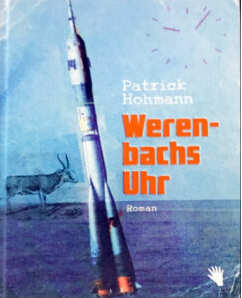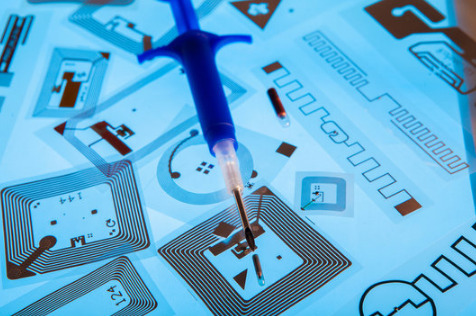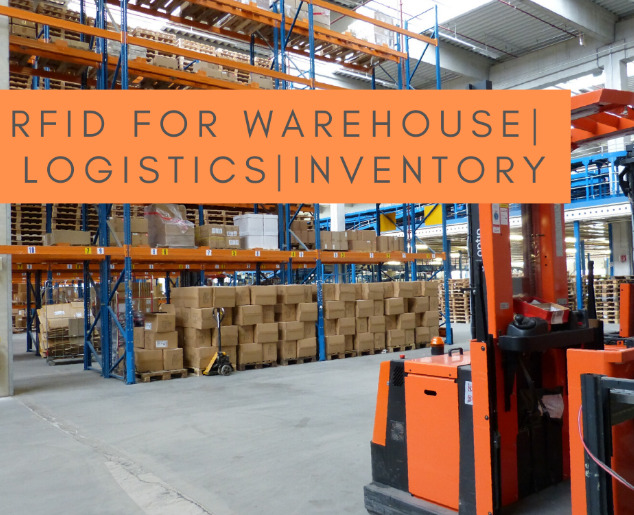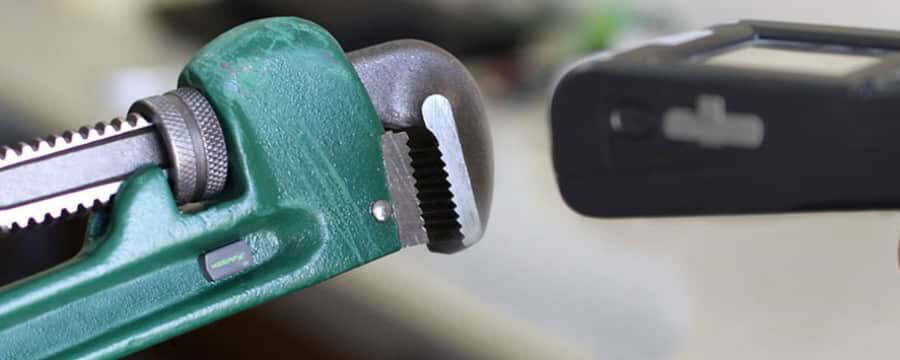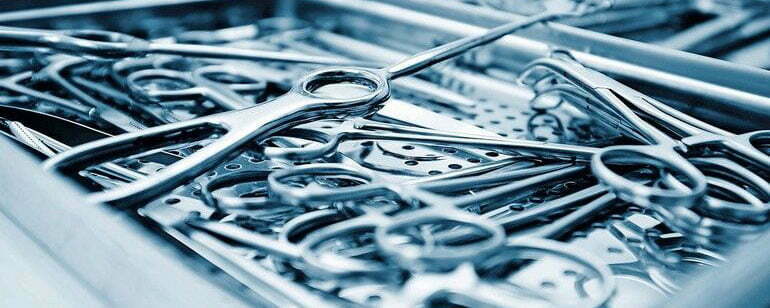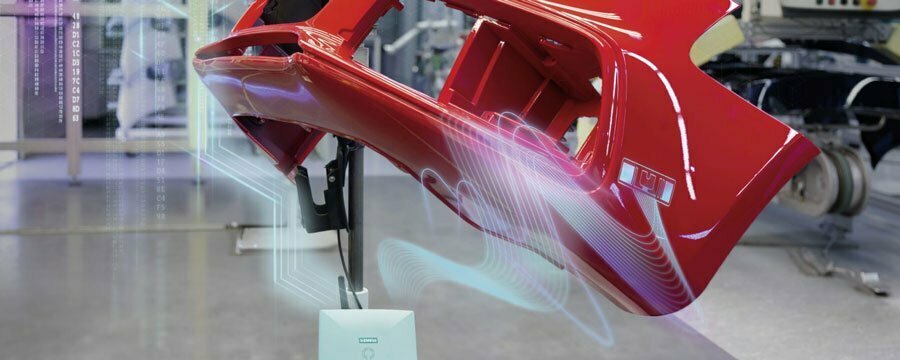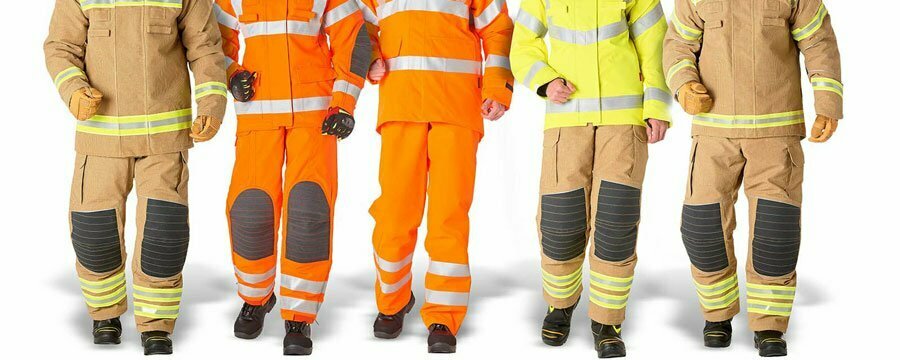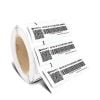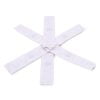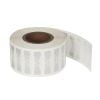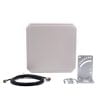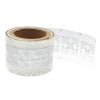NFC watch
Neosid rocket material creates a special meaning with RFID NFC watch. The work has been tough, and the project team has developed miniaturized RFID components. Including tags that can be used in metal environments. Their products can be used for equipment and surgical tool management. These tags are compatible with small metal items. These products are manufactured using ferrite. A ceramic material composed of iron (III) oxide and other metallic elements. According to Yilmaz Benzer, sales and marketing director at Neosid, the challenge for Werenbach was to create connectivity in the watch without changing the aesthetics.
After three years of development
The Mach 33 watch series was launched two years ago and includes NFC functionality. Matthias Höß, Neosid’s R&D Manager, said: “Our task was to develop a very thin NFC transponder. For the dial style of the watch so that every watch owner can get in touch with the International Space Station (ISS).” A lot of customers are very excited about it,” said Homan, who first conceived the idea in 2010.
Two years later, Homan trekked across Kazakhstan to the point where Soyuz rocket engines usually return to Earth after launches from Samara, Russia. Homan gathered material from the rocket’s steel power turbine or aluminum casing. These materials are then smelted to form part of the dial. He wrote a novel about this concept called Werenbachs Uhr (Werenbach’s Watch). For buyers of Mach 33, that means they have the right to brag that their watch is in orbit. But our goal is to provide this story so that they and their friends can access it by looking at the heart of the launch. Which is the International Space Station.
Neosid started working
Neosid started working with Werenbach on NFC connectivity five years ago. For both companies, the technical challenges of the system are quite daunting. Standard inlays are not possible due to the metallic environment, small size and aesthetic requirements. Willenbach made some modifications to the watch, making the dial style plastic. And the small metal plate in the dial is a piece that has visited space. “It’s a critical environment,” Benzer said. “The old watch was made of metal.”
Test
Neosid tested a variety of transponders that could be very small and flat. “Then, combined with designing a watch with a special shape, we got the right solution,” recalls Benzer. Höß explained that the transponder is on the back of the dial. So it remains invisible, although it sends a signal when interrogated through the plastic dial face. He added that the antenna is circular to provide better electrical characteristics than other designs. And the inlay utilizes a ferrite shield so it works despite the watch’s case.
Patrick Homan
For Mach 33 watches, the NFC read range is typically up to about 5 cm (2 inches). “It’s a very comfortable reading distance,” says Höß, “enough space without direct contact with the watch.” This also protects the dial, as no physical tapping is required. Neosid attributes the long read range to its use of ferrite cores.
When the user puts the phone within range of the watch, the phone’s built-in NFC interrogator captures the tag’s unique ID number and opens a URL. Through which the watch owner can access the live view through the space station’s window. Neosid uses ICODE chips from NXP Semiconductors, as well as EM Microelectronic chips. The IC dimensions on the ferrite core are 1.4mm x 1.2mm x 0.5mm (0.06″ x 0.05″ x 0.02″).
Yilmaz Benzer
Since the watch was released, customers have used the NFC feature to view the contents of the International Space Station. As well as access data about other products. The companies report that plans for the next generation of the watch are underway, which could include the use of additional rocket parts. “Our biggest challenge was the materials we used — aluminum and steel ” Homan said. He predicts that these new versions of the watch could be more challenging for NFC.
Mathias Hawes
“We decided to focus on the mechanical movement.” Homan said, “and only use dials made entirely of real space rocket aluminum.” That means NFC might not work in such an environment, he noted. Adding that : “There is no easy way to separate the NFC inlay from the dial without breaking its design.” So the company is still determining whether NFC functionality will be implemented in the next design. “Certainly, we hope that microtechnology can solve this challenge soon. That would be interesting for sure.”
UHF RFID TAG
Neosid provides technology for tracking surgical tools via HF or UHF RFID. And its transponders are also being developed for deployment in the dental industry. The company’s NeoTAG transponders are currently used to monitor the maintenance of equipment. Such as fire departments and security assets. This includes lifting gear and slings. As well as components for tunnel and bridge construction, casting, shipbuilding and aerospace.

